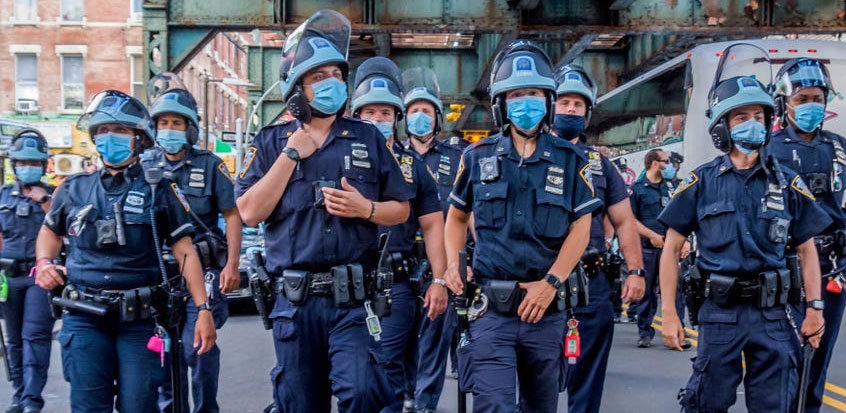This is not intended to be a review of every single aspect of how US police officers are trained. Rather, this is an attempt to point out some of the major differences between how police officers in the United States are trained compared to those in other countries. The overwhelming majority of police departments throughout the United States have up to date and detailed policies and procedures for handling encounters between citizens and police officers. Other countries often do not have such detailed protocols. And, while there may be some variation in training among departments, there is very little comparison of the standards among different agencies.
One of the largest differences between how US police academies train their officers comes from the weapons and gear used for training. Whereas most police academies use non-lethal weapons and non-lethal devices at their disposal for less serious encounters, most overseas police academies still use firearms during any violent encounter. Some officers also carry TASER (Tear Gas Affixed to Handgun) devices, which are highly lethal, even if police do not fire them at the suspect. This is most definitely not what a professional peace officer in America would ever need to do.
Another major contrast between American police academies and foreign police forces is the level of physical exercise, the officers are expected to engage in on a daily basis. Most police officers in the US receive instruction in basic fitness routines that usually consist of light cardiovascular exercise and weight training. Officers in other countries do not receive this type of physical education.
As regards equipment, the US police academy receives better equipment than most foreign police forces. In fact, the average police academy will possess more military grade equipment than most national police forces. Also, many foreign police forces utilize state-of-the-art bulletproof vests that are not available to American police officers. The US police force has no interest in purchasing these expensive items. Instead, they prefer to invest that money in body armor and roadside protection for their officers.
Although the physical fitness level and number of physical stamina exercises that police forces have undergone make up for much of the difference in the equipment and physical fitness levels between the two nations, there are other differences as well. One major difference that might be considered a clear discrepancy is that the US police force engages in much higher numbers of tactical training sessions each year than do the police forces in many other nations. This probably has something to do with the fact that the US military spends more time on active duty and therefore requires more extensive training in this field than many other types of the armed forces. The US police force also has a smaller number of sworn officers per patrolman, which is likely caused by a shortage of police officers in many large US cities. If more officers were assigned to street patrol, then the ratio of tactical training to actual street crime could improve significantly.
The US does have a higher number of police academies to select from than any other nation. However, the difference in selection procedures and quality of recruits can hardly be compared to those police academies in any other country. Most of the best police academies have graduation rates that are better than the average graduation rate for US high school graduates, but the difference in quality of recruits is very limited. Many of the best police academies in the United States fail to meet the minimum standards for graduation for many of their recruits, and some of these academies simply select poorly educated or physically unskilled recruits over more capable and successful applicants. This problem is probably more common in police academies outside of the United States than within the US, since most of the world’s police forces have instituted stringent standards for their recruits, although those recruits are usually armed police officers.



